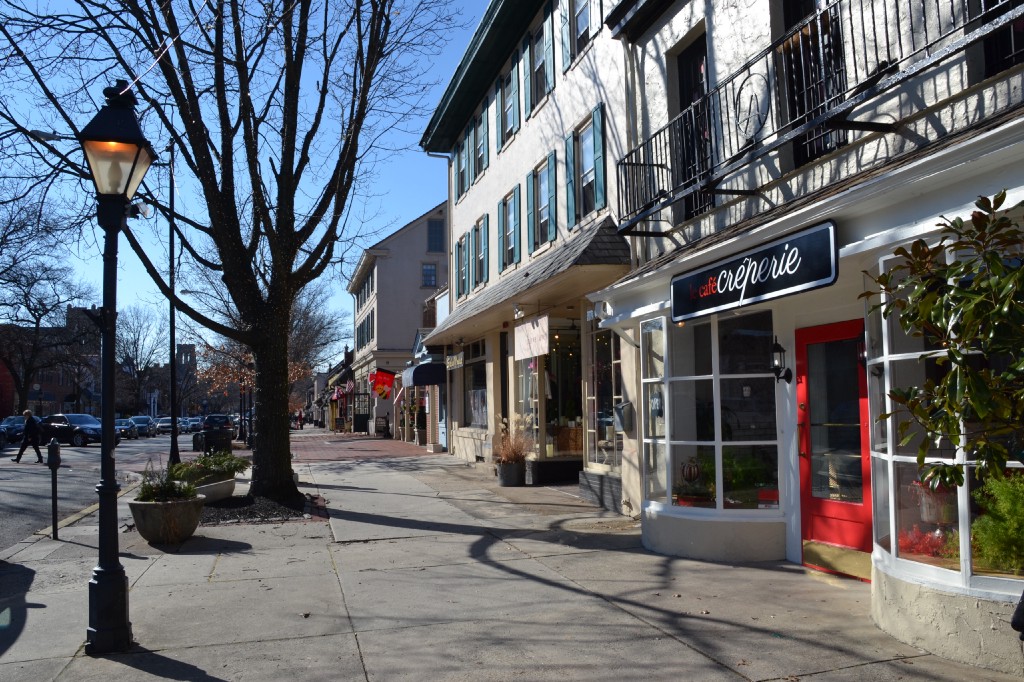
Many in the community have been seeking ways to make the borough more diverse and here’s how.

After a white Haddonfield Memorial High School lacrosse player allegedly hurled a racial insult at a black, female track and field participant from Sterling High School last month, many in the community have been seeking ways to make the borough more diverse.
The alleged incident gained traction in the news and brought residents and non-residents alike to step in and act as a catalyst for change. With a mission to make Haddonfield and towns like it more diverse, NAACP President of Camden County East, Lloyd Henderson, believes the key to diversifying Haddonfield is a ongoing process.
The NAACP is actively involved in creating an inclusive environment at HMHS. Since the incident, the organization conducted an internal workshop with the high school staff on the “racial climate and lack of diversity” in the school at the end of May, according to Henderson.
“I thought the staff as very receptive,” Henderson said. “I felt good leaving … the question is whether the town will rally around and see this as a moment to educate and advance.”
As a symptom of a much larger disease, Henderson believes the epidemic seeping into the walls of schools across the nation is caused by many factors, including limited exposure to others of different ethnicities and cultures. Henderson said student bodies such as Haddonfield participating in exchange programs and integrating their lives with those outside of the community are instrumental.
Although student athletes may interact with different schools, he said “everyone is not an athlete,” and even athletic teams are limited to a small number of players, often being multi-sport athletes, hence why exchange programs would help integrate the student body as a whole with the outside world. With the right tools and initiatives in place, Henderson hopes HMHS can help influence change throughout the predominantly white community.
“Diversity doesn’t just benefit people of color, diversity benefits everybody,” Henderson said.
Echoing Henderson’s sentiments on the benefits of diversity, Superintendent Larry Mussoline,is implementing a “boots on the ground” approach to diversifying schools in Haddonfield, including HMHS.
According to Mussoline, the district has reached out to the executive director of the Center for Access at Rowan University to engage in a long-term strategy for “culturally responsive” practices, in addition to continuing to work with the NAACP.
“We will continue to work with the NAACP as a resource for diversity training for faculty, staff, and students,” Mussoline said, speaking on behalf of the district.
The district plans to ensure that a student will be an active member of the NAACP Youth Council and work with the Anti-Defamation League on appropriate training for students, coaches, athletes and advisors as well as several initiatives. New initiatives include a “No Place for Hate” school program which will begin in the fall, and a Diversity Day, organized by ADL Diversity Leaders, will be held in the late fall, according to Mussoline.
Although Mussoline believes these initiatives will be healthy for Haddonfield youth, Mussoline said there’s a wealth of diverse aspects to the curriculum taught in Haddonfield. He encourages the efforts of the faculty and students in lending helping hands to those from surrounding communities and even across the world.
“Schools are certainly a reflection of the community, you can’t get around it,” Mussoline explained. “No matter where our kids go, they will be confronted with diverse populations.”
Residents also weighed in on the climate of Haddonfield after the lacrosse incident.
“I believe diversity makes our country strong and beautiful,” resident Benita Cooper said.
As a minority who grew up in Hong Kong and a parent of biracial children, Cooper said she wants to be able to guarantee a “tomorrow filled with genuine respect and understanding” for future generations.
Cooper, along with resident, Lara Barrett took online conversations on Facebook groups and transformed words into action by hosting a gathering at a local coffee shop to discuss “goals and action” steps.
“We met on the rainiest of Saturdays at a time when most people are probably sleeping in … and still had a big turnout,” Cooper said. “Enough of us care.”
Dovetailing off of Cooper’s thoughts, Barrett said she could see how the subject of the lack of diversity was taking a toll on the relationships and families in town.
“It was tearing at the fabric of our community,” Barrett said. “What I realized is that maybe the fabric should be sewn together with a more universal thread.”
That universal thread would be the collective ideas shared among residents, creating respect and inclusion in town. The two intend to hold regular open coffee meetups, where residents can collaborate.
“There has to be fruitful and productive dialogue, and a unified movement toward opening our hearts to one another,” Barrett said.









